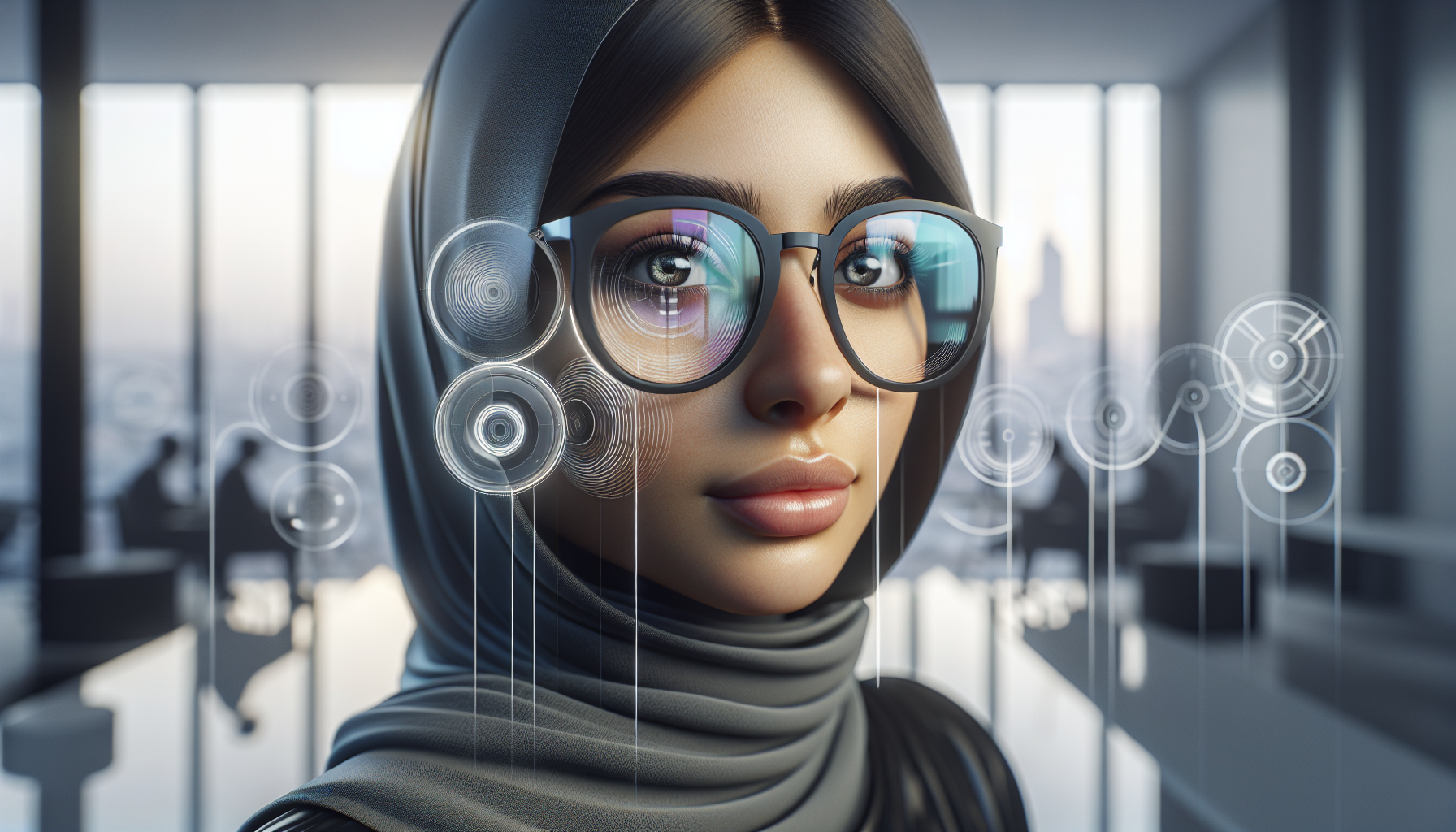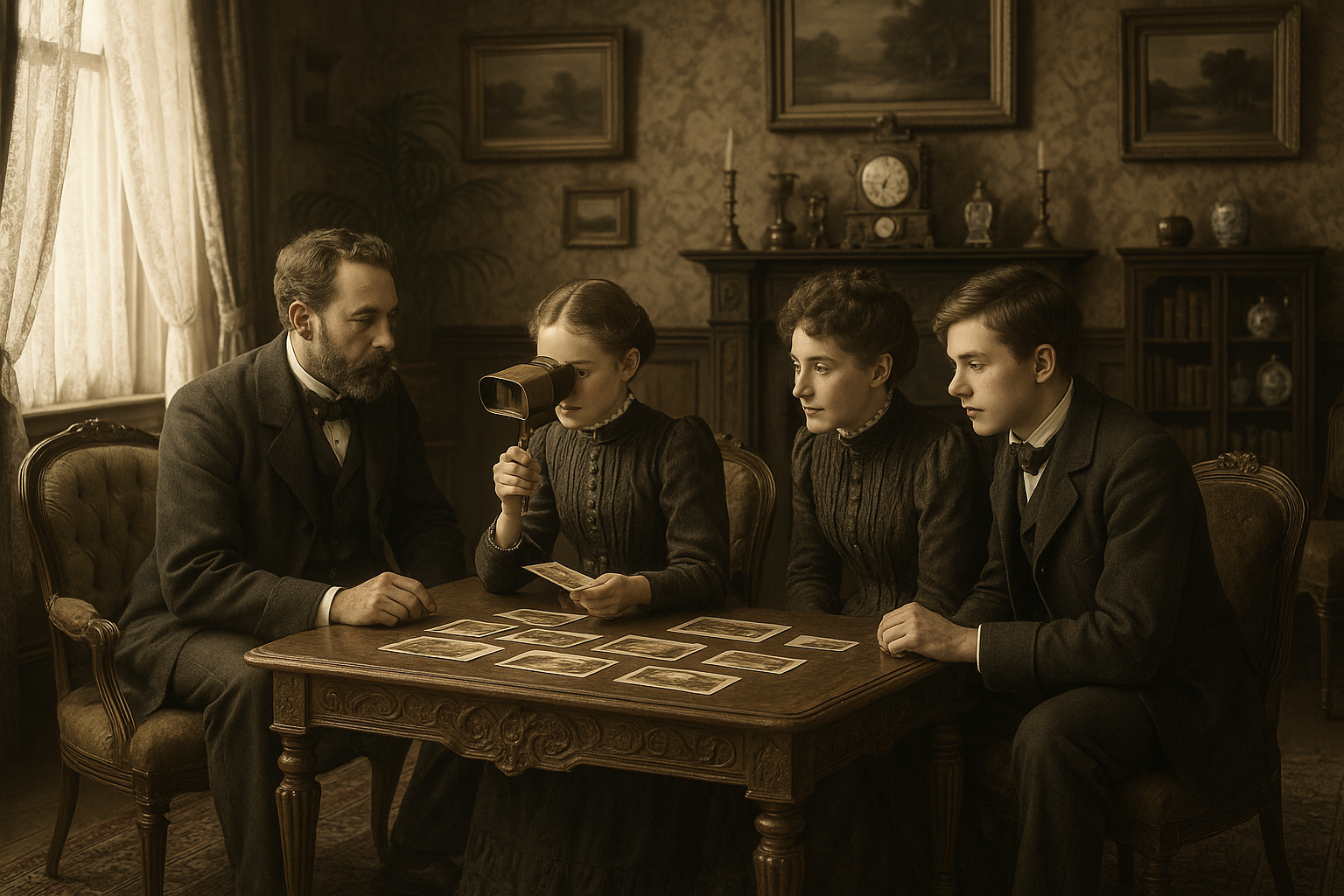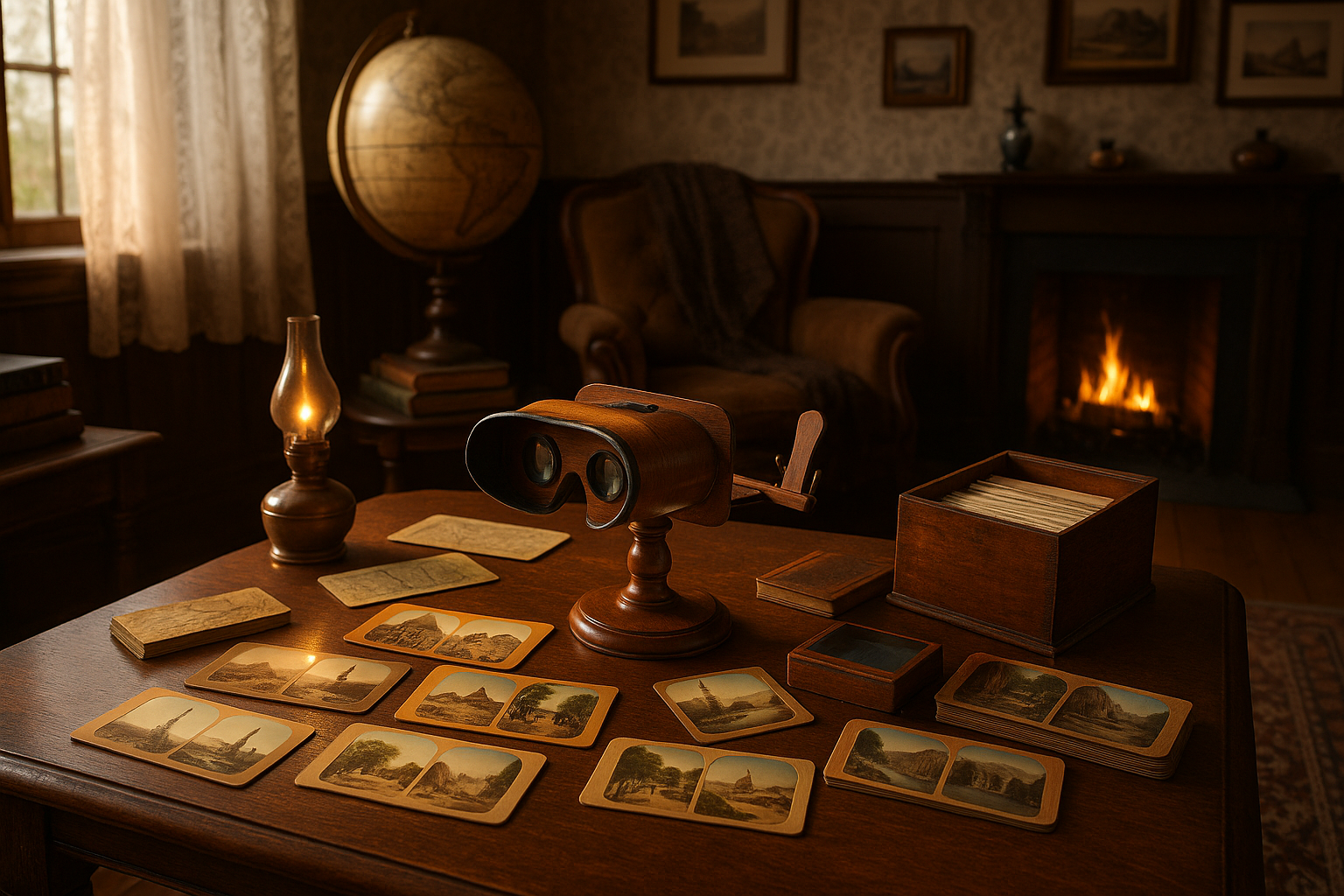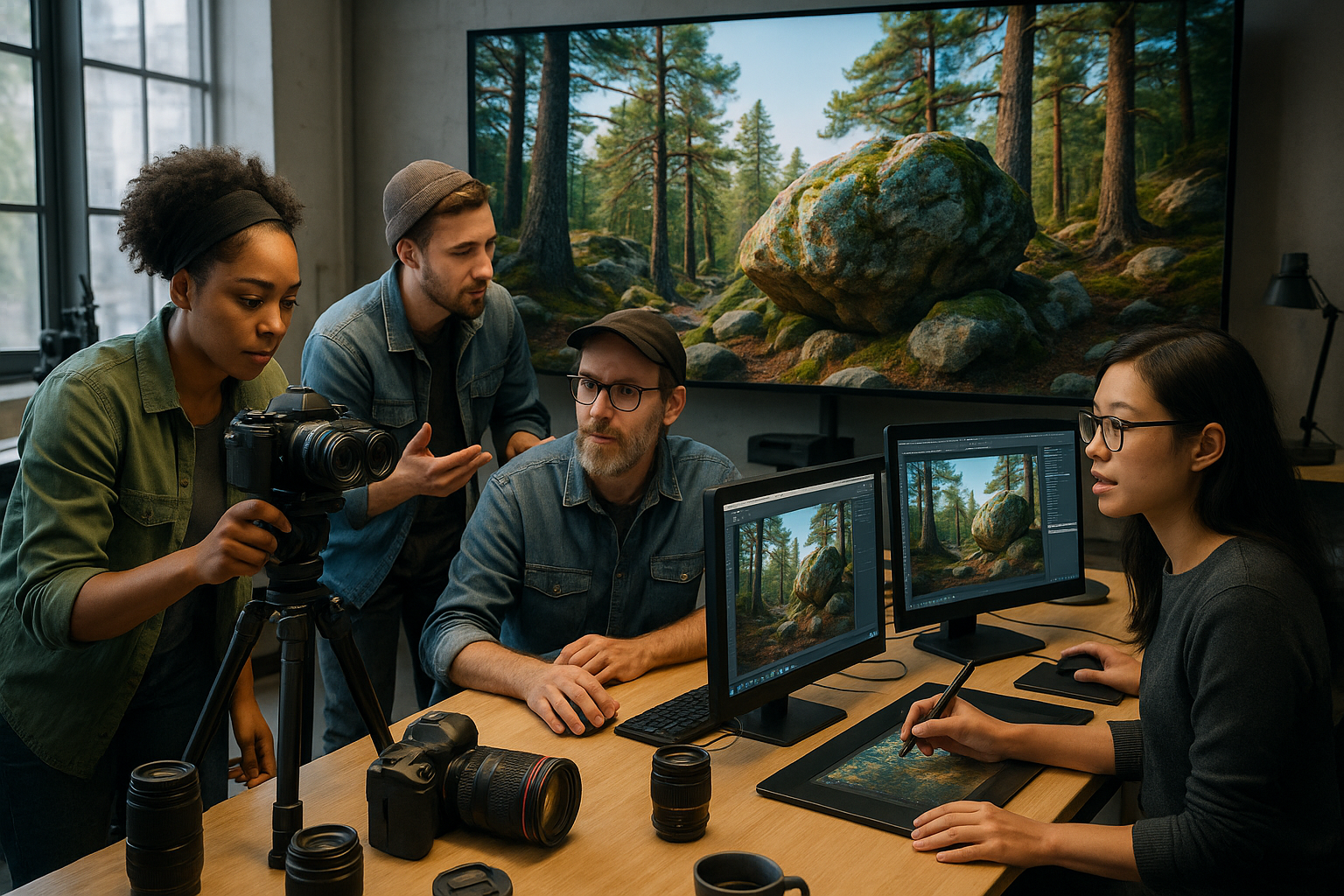In a world where clarity is key, the ability to see clearly is more than just a luxury—it’s an essential part of our daily lives. From the moment we open our eyes each morning to the time we close them at night, our vision shapes how we perceive and interact with the world around us. Yet, despite its importance, many of us take our sight for granted, rarely pausing to consider how the tools we use—our lenses—impact our view. Whether you’re an avid reader, a tech enthusiast, or someone who simply wants to enjoy the beauty of a sunset without squinting, understanding the intricacies of lenses and viewing angles can significantly enhance your visual experience.
Imagine a world where every detail is sharp, every color vibrant, and every movement smooth. This isn’t just the dream of an artist; it’s a possibility for anyone willing to explore the right lens types and viewing angles tailored to their needs. From corrective lenses for everyday wearers to specialized options for professionals and hobbyists, the choices are vast and, at times, overwhelming. But fear not; this comprehensive guide is here to illuminate the path to optimal vision, breaking down complex information into easily digestible insights that will empower you to make informed decisions about your eyesight.
In the sections that follow, we will embark on a journey through the fascinating realm of optics. We will delve into the science behind how lenses work, explore the diverse range of lens materials and coatings available, and examine the significance of viewing angles in maximizing visual clarity. Whether you’re curious about the latest advancements in lens technology, seeking advice on selecting the perfect eyewear for your lifestyle, or simply interested in understanding the finer details of vision science, there’s something here for everyone. Each topic will be carefully unpacked, offering both practical advice and thought-provoking insights to enhance your understanding and appreciation of your vision.
So, prepare to see the world through a new lens—literally and figuratively. As you read on, you’ll discover how the right combination of lens types and viewing angles can not only improve your vision but also transform your entire outlook on life. With each paragraph, we’ll move closer to a clearer, more vibrant world where your vision isn’t just a passive experience but an active, enriching part of your everyday life. Let’s embark on this enlightening exploration and uncover the secrets to seeing more clearly. 🌟
Understanding Different Lens Types
The world of optics offers a wide array of lens types designed to enhance and correct vision. Understanding these different types is crucial for anyone looking to optimize their visual experience. In the realm of eyewear, lenses are the heart of the device, serving to correct refractive errors or provide protective features. The most common lens types include single vision, bifocal, trifocal, and progressive lenses. Each of these lenses serves specific purposes and caters to different visual needs.
Single vision lenses are designed with a uniform optical prescription, making them suitable for individuals who require correction either for distance or near vision, but not both. These lenses are typically thinner and lighter, which makes them an ideal choice for those seeking a sleek, less obtrusive appearance. On the other hand, bifocal lenses are equipped with two distinct optical powers. They allow the wearer to see clearly at two different distances, typically near and far. This feature is particularly useful for individuals with presbyopia, a condition that typically occurs with aging, where the eye exhibits a progressively diminished ability to focus on near objects.
Progressive lenses, also known as no-line bifocals, offer a more seamless transition between different lens powers, providing a gradient of increasing lens strength for seeing objects clearly at varying distances. This makes them an excellent choice for those who need correction for multiple vision ranges without the distinct lines found in traditional bifocals or trifocals. Trifocal lenses, although less commonly used today, contain three different segments for distance, intermediate, and near vision. These lenses are still a viable option for individuals who require more distinct separation between different focal zones.
Comparative Table of Lens Types
| Lens Type | Features | Ideal For |
|---|---|---|
| Single Vision | Uniform optical prescription, lightweight, thin | Correcting vision at a single distance |
| Bifocal | Two distinct optical powers, line separating the two | Individuals with presbyopia |
| Progressive | Seamless gradient of lens strength, no visible lines | Correction for multiple vision ranges |
| Trifocal | Three segments for distance, intermediate, and near vision | Distinct separation between focal zones |
For a deeper dive into understanding lens types, watch this insightful video: “Understanding Eyeglass Lenses” by EyeCareChannel.
The Importance of Viewing Angles
The concept of viewing angles is pivotal in the realm of optics and plays a significant role in how we perceive the world. Viewing angle refers to the maximum angle at which a display can be viewed with acceptable visual performance. This concept not only applies to electronic displays but also to how lenses are designed for optimal vision correction. A lens’s effectiveness can be greatly influenced by the angle at which light enters and exits it. The importance of viewing angles becomes especially apparent in devices like monitors and televisions, where off-angle viewing can significantly affect color accuracy and image clarity.
In the context of eyewear, the viewing angle can affect how well a lens performs its corrective duties. Lenses need to be positioned correctly relative to the eyes, ensuring that the wearer’s line of sight passes through the optical center of the lens. This positioning minimizes visual distortions and ensures the most accurate vision correction. The correct alignment of lenses can also mitigate issues such as glare and reflection, which are more pronounced at oblique angles.
For digital devices, a wide viewing angle is often a desirable feature. It ensures that the display can be seen clearly from various positions, which is particularly important in environments like living rooms or meeting spaces where multiple people may view a screen simultaneously. However, in eyewear, the focus is on ensuring that the light is correctly refracted through the lens, providing clear and accurate vision across the entire field of view. Understanding the importance of viewing angles is crucial for both eyewear users and manufacturers, as it influences the design and functionality of lenses significantly.
Factors Affecting Viewing Angles
- Positioning of the lenses relative to the eyes
- The curvature and design of the lens
- The type of coating applied to the lens surface
- Environmental lighting conditions
To see how viewing angles impact visual performance, check out this video: “How Viewing Angles Affect Display Quality” by TechVision.
Innovations in Lens Technology
Advancements in lens technology have revolutionized the eyewear industry, providing users with unprecedented clarity and comfort. From anti-reflective coatings to photochromic lenses, innovations continue to emerge, addressing both functional and aesthetic demands. One such advancement is the development of aspheric lenses, which use non-spherical surfaces to improve image quality and reduce distortions. These lenses are thinner and lighter, making them a popular choice for those with stronger prescriptions.
Another notable innovation is blue light filtering lenses. With the increasing use of digital devices, blue light exposure has become a concern due to its potential impact on sleep and eye health. Lenses equipped with blue light filters help mitigate these effects by blocking or absorbing high-energy blue light emitted from screens. This technology is especially beneficial for individuals who spend extended periods in front of computers or smartphones, reducing digital eye strain and improving visual comfort.
Photochromic lenses, commonly known as transition lenses, represent another significant breakthrough. These lenses automatically adjust their tint in response to changing light conditions, darkening in bright sunlight and returning to a clear state indoors. This dynamic adaptability offers convenience and protection against UV rays without the need for separate sunglasses. The continuous evolution of lens technology ensures that users can enjoy enhanced visual performance tailored to their specific needs and lifestyle.
Comparative Table of Lens Innovations
| Innovation | Benefits | Ideal For |
|---|---|---|
| Aspheric Lenses | Reduced distortion, thinner and lighter | Individuals with strong prescriptions |
| Blue Light Filtering | Reduces eye strain, protects against blue light | Frequent digital device users |
| Photochromic Lenses | Adapts to lighting conditions, UV protection | All-day outdoor and indoor use |
For a visual guide on the latest lens technologies, watch this video: “Lens Innovations: A Closer Look” by Optical Insights.

Conclusion
In concluding our exploration of “See More Clearly: Uncovering the Best Lens Types and Viewing Angles for Optimal Vision,” we have delved into the intricate world of vision optimization, uncovering the vital role that lens types and viewing angles play in enhancing our visual experience. This topic, though technical, holds significant importance in our daily lives, affecting how we interact with the world around us.
Throughout the article, we began by examining the various types of lenses available today, including single vision, bifocal, trifocal, and progressive lenses. Each of these lens types serves a specific purpose, catering to unique visual needs and preferences. For instance, single vision lenses are ideal for individuals with a singular prescription for either near or distance vision, while progressive lenses offer a seamless transition between multiple focal points without the visible lines present in bifocals or trifocals. Understanding these differences is crucial in selecting the right lens for one’s lifestyle and visual requirements.
We also explored the impact of lens coatings and materials, such as anti-reflective coatings and high-index lenses, which further enhance the quality of vision by reducing glare and improving clarity. These advancements in lens technology not only contribute to better vision but also provide aesthetic and practical benefits, such as thinner and lighter lenses for high prescriptions.
Moreover, the article highlighted the significance of viewing angles and ergonomics in maintaining optimal vision health. Proper alignment of screens, whether for work or leisure, can drastically reduce eye strain and discomfort, which are common in our digital age. The 20-20-20 rule, which encourages taking a 20-second break to view something 20 feet away every 20 minutes, was discussed as a simple yet effective method to alleviate eye fatigue.
Reinforcing the importance of this subject, vision is undeniably one of our most precious senses. The ability to see clearly influences our personal and professional lives, impacting productivity, safety, and overall well-being. By understanding the nuances of lens types and viewing angles, we empower ourselves to make informed decisions that enhance our quality of life.
As we conclude, it is essential to acknowledge that vision care is a continuously evolving field. Staying informed about the latest advancements and maintaining regular check-ups with an eye care professional are key to preserving eye health. We encourage readers to share their insights and experiences, as well as to apply the knowledge gained from this article in their daily lives. Whether it involves adjusting your screen to reduce glare or consulting with an optometrist about the best lens options for your needs, every small step contributes to better vision.
We invite you to share this article with friends, family, and colleagues who might benefit from a clearer understanding of how to optimize their vision. Your engagement and feedback are invaluable in fostering a community that prioritizes eye health. Let’s see the world more clearly together! 👀✨
For further reading and resources, consider exploring the following links:
1. American Academy of Ophthalmology – A comprehensive source for eye health information.
2. All About Vision – Offers detailed insights into various lens types and eye care tips.
3. Mayo Clinic’s Eye Health Resources – Provides expert advice on maintaining eye health and vision.
Thank you for joining us on this journey to better vision!
Toni Santos is a visual historian and artisan whose creative lens is captivated by the forgotten marvels of antique optical devices. Through his thoughtful storytelling, Toni revives the instruments that once transformed light into wonder—camera obscuras, magic lanterns, kaleidoscopes, and other ingenious tools that shaped our earliest visual imaginations.
His journey is rooted in a fascination with how humans have long sought to bend, reflect, and reveal the unseen. Whether tracing the mechanical poetry of 19th-century projectors or illustrating the tactile elegance of early lenses, Toni’s work invites us to see vision itself as an evolving art form.
Blending handcrafted design with historical inquiry, Toni brings to life the material soul of these devices—celebrating not just how they functioned, but what they meant. His creations and curated stories illuminate a world where science, illusion, and beauty were intricately linked through glass and brass.
As the curator of Vizovex, Toni shares detailed studies, reconstructed artifacts, and immersive content that help others rediscover the origins of visual technology and the magic of analog perception.
His work is a tribute to:
The craftsmanship behind early visual instruments
The wonder of seeing through the eyes of another century
The intersection of optics, art, and imagination
Whether you’re a collector, a designer, or someone drawn to the lost poetry of vision, Toni welcomes you into a world where light is a storyteller—one prism, one lens, one forgotten invention at a time.





